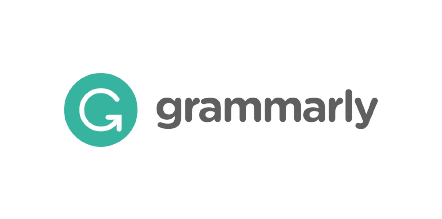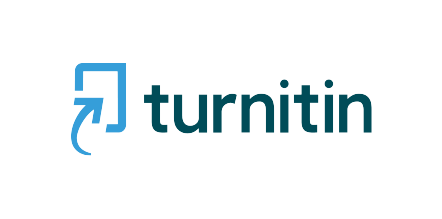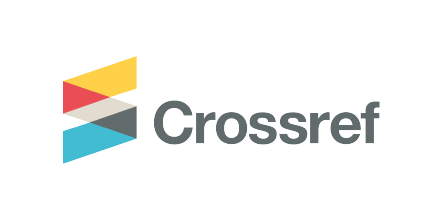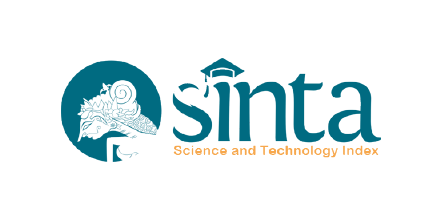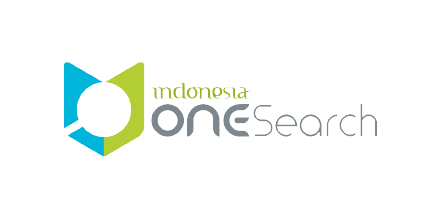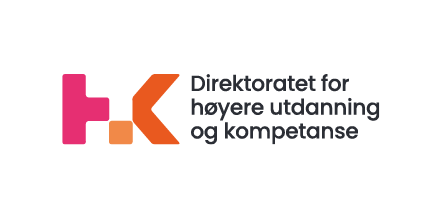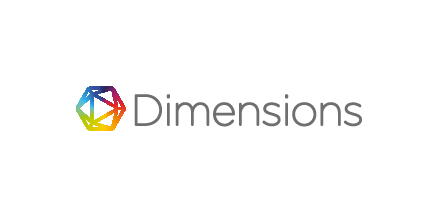The Effectiveness of the Equality Dynamic Learning Model in Increasing Disability Awareness of Students in Inclusion Classes
DOI:
https://doi.org/10.21776/ub.ijds.2019.007.01.4Keywords:
Equality Dynamic Learning Model, Disability Awareness, Inclusion ClassAbstract
The background of research is low acceptance problem of the presence of students with disabilities caused by the lack of disability awareness in every student that arises due to low social contact. The lack of acceptance can be seen from the reactions of other students when learning. The problem will be very clear when there is of work groups learning, it is very rarely condition, there are other students who immediately propose themselves in one group with him. In addition, there is lacking of support for "AH" when he gets difficulties. On the other hand "AH" has a lack of self-esteem, insecure, easy to give up, and despair with activities related to the obstacles they experience. Based on the problems that arise in the inclusion class, the researchers therefore provide a model of equality dynamic learning to solve existing problems. The equality dynamic learning model conceptualizes "dynamic learning that creates equal rights in learning", it means that learning activities are designed in such a way that takes into account the diversity that is owned by students (students with special and regular needs) and accommodates all these needs in learning activities so that all students in the class have meaningful learning. The subjects in this study were 19 students, 1 student with special needs with physical disabilities, a18 normal students. The research methodology in this study is a quasi-experimental design with one group pretest-posttest without control class. The results of the study showed that the condition of pretest disability awareness of students in the moderate category was 63%, the high category was 37%. The condition of posttest of disability awareness for high category students was 16%, very high category was 84%. The disability awareness condition experienced a significant increase after the dynamic learning equality model was given to students in the inclusive class. Wilcoxon calculations were performed with the result that in the asymp sig (2-tailed) column to be tested 2 sides were 0,000. Because the case is a one-tailed test, the probability becomes 0,000 / 2 = 0,000. Here the probability is below 0.05 So, based on the results of this study, the equality dynamic learning model is effective in increasing the disability awareness of students in inclusive classes.
References
Amri, Sofan dan Ahmadi, Iif, Khoiru. 2010. Proses Pembelajaran Kreatif dan inovatif dalam Kelas. Jakarta: PT preatasi pustakaraya.
Arifin, Zainal. 2011. Penelitian Pendidikan .Bandung : PT Remaja Rosdakarya.
Arikunto, S. (2002).Prosedur Penelitian Suatu Pendekatan Praktek. Jakarta: Asdi Mahasatya.
Baharuddin dan Wahyuni Esa Nur, 2008.Teori Belajar dan Pembelajaran. Yogyakarta: Ar-Ruzz Media.
Budiningsih, C, Asri. 2012. Belajar dan pembelajaran.Jakarta:PT Rineka Cipta.
Boer, D. A., Pijl, S. J., & Minnaert, A. E. (2010). Attitudes of parents towards inclusive education: a review of the literature . European Journal of Special Needs Education, 165-181.
Bukvic, Z. (2014). Teacher Competency for inclusive education. The European Journal of Social & Behavioural Sciences , ISSN:2301-2218.
Daryanto. 2010. Media Pembelajaran Peranannya Sangat Penting Dalam Mencapai Tujuan Pembelajaran. Cetakan kedua.Cetakan kelima. Bandung: PT. Sarana Nurani Sejahtera.
Djamarah , Syaiful Bahri ., Zain, Aswan . 2010 .Strategi Belajar Mengajar. Cetakan keempat .Jakarta : Rineka Cipta.
Falvey Mary,A. (1986) Community Based Curriculum Instruction Strategies For StudentWith Severe Handicaps, London: Brooks Publishing Company
Huda, Miftahul, 2013. Model-modelPengajaran dan Pembelajaran. Yogyakarta: PT Pustaka Pelajar.
Mulyasa, E, 2007. Standar Kompetensi dan Sertifikasi Guru. Bandung: PT Remaja Rosdakarya.
Kirkpatrick, D. L. (2001).Evaluating training programs the four levels. San Diego.
Kolb, D. A., Boyatzir, R. E., & Mainemelis, C. (1999). Eperriental Learning Teory.Perspective on cognitive, learning, and thinking styles.
McLoughlin,James,A. & Lewis, Rena,B (1986) Assessing Special Students (2nd) USA: MerrilPublishing Company
Nasution .2008. Berbagai Pendekatan dalam Proses Belajar & Mengajar.Cetakan keduabelas.Jakarta : Bumi Aksara.
Rochyadi &Alimin,Z (2003) Pengembangan Program Individual Bagi Anak Tunagrahita ,Jakarta: Depdiknas
Sarwono, Jonathan .2006 .Metode Penelitian kuantitatif&kualitatif .Edisi kesatu.Yogyakarta : Graha Ilmu.
Subyantoro, dkk.2011.Paedagogik Jurnal Pendidikan Dasar dan Menengah.Volume 5.Semarang : Laboratorium dan Baca Tulis Universitas Semarang.
Sudjana, Nana. 2010. Penilaian hasil Proses Belajar Mengajar. Bandung : PT Remaja Rosdakarya.
Suprijono, Agus. 2012. Cooperative Learning Teori & Aplikasi Paikem. Cetakan Ketujuh. Yogyakarta : Pustaka Pelajar.
Soendari, T (1996), Penerapan Program Individuali sasi dalam Pengajaran Berhitung bagiAnak Luar Biasa, (Makalah disajikan dalam P2M pada Guru -guru SLB diKodya Bandung).
Yusuf, M.dkk (2005), Asesmen Perkembangan pada Anak Tunagrahita , Jakarta: Departemen Pendidikan Nasional
Zaini, Hisyam., Munthe ,Bermawy., Aryani, Ayu Sekar. 2008. Strategi Pembelajaran Aktif .Yogyakarta : Center for Teaching Staf Development (CTSD) UIN Sunan Kalijaga Yogyakarta.
Downloads
Published
How to Cite
Issue
Section
License
Copyright (c) 2020 Yulvia Sani, Ossy Firstanti Wardany, Genesa Vernanda, Heni Herlina

This work is licensed under a Creative Commons Attribution-NonCommercial 4.0 International License.







